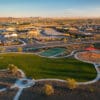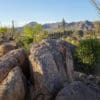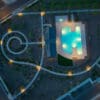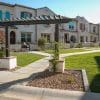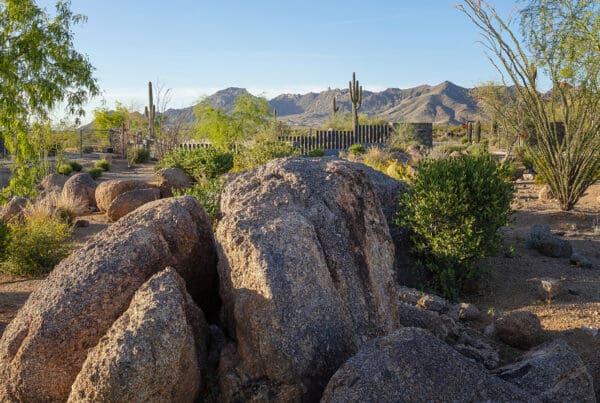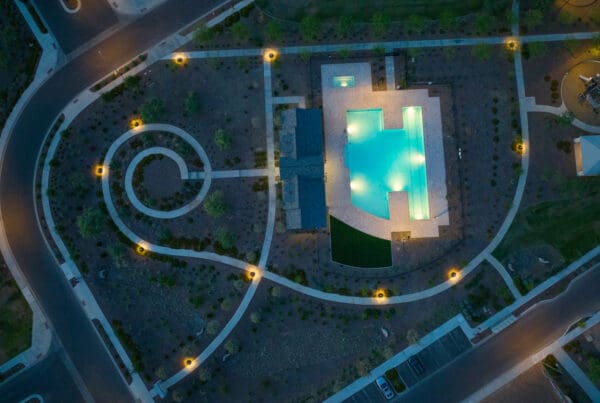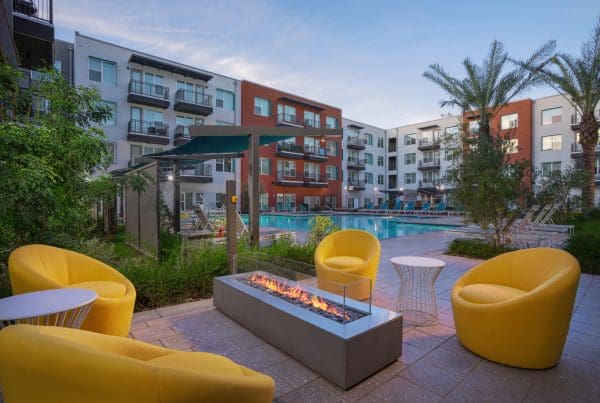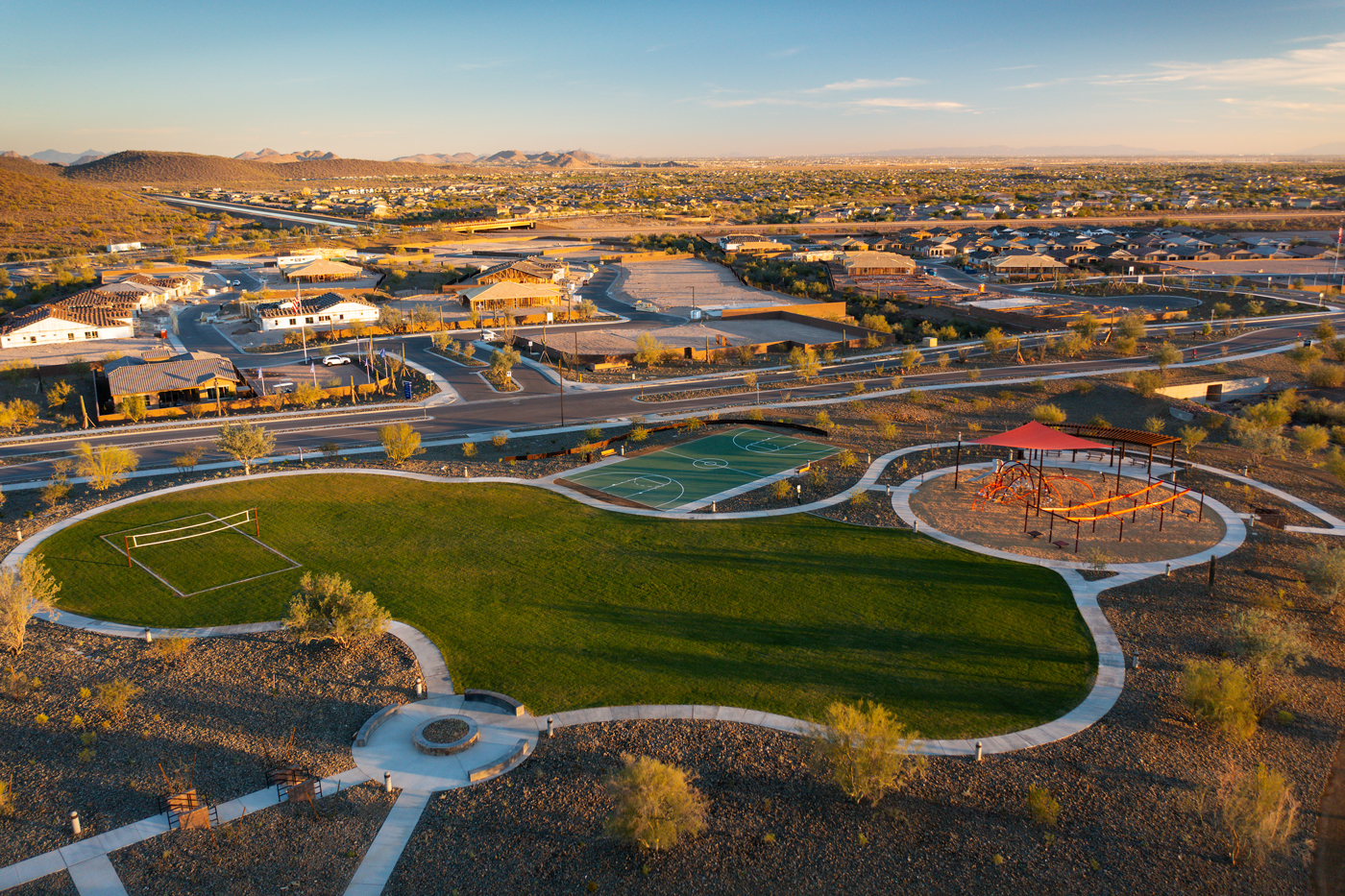
When it comes to designing outdoor pathways, what seems simple at first is actually a deeply strategic process — one that ABLA takes seriously. Creating a pathway that’s both functional and beautiful requires attention to a wide range of factors, from accessibility and grading to aesthetics and maintenance.
At ABLA, our design process begins with a comprehensive site analysis. We evaluate existing vegetation, natural features, grading conditions, and environmental constraints like washes and protected areas. Each pathway must respond to the land it travels through — whether it’s part of a busy urban corridor or a quiet, natural trail system.
Safety and accessibility are foundational to every design. We consider Crime Prevention Through Environmental Design (CPTED) standards, ADA compliance, and multimodal use — whether it’s for pedestrians, cyclists, or both. Material selection is equally important. From concrete and pavers to decomposed granite (DG) and natural surfaces, we tailor materials to match durability needs, user experience, and environmental context.
Wayfinding and lighting also play a critical role. In Arizona, ABLA works within dark sky regulations, favoring low-impact solutions like bollard lighting instead of overhead fixtures. Our goal is to create pathways that feel safe and inviting without creating light pollution or disturbing nearby residents.
Lastly, we plan for the future. Maintenance needs, especially for DG or natural trails, are factored into design decisions to ensure longevity and cost-efficiency for our clients.
At ABLA, we believe well-designed pathways do more than connect places — they connect people to their communities, landscapes, and experiences.


